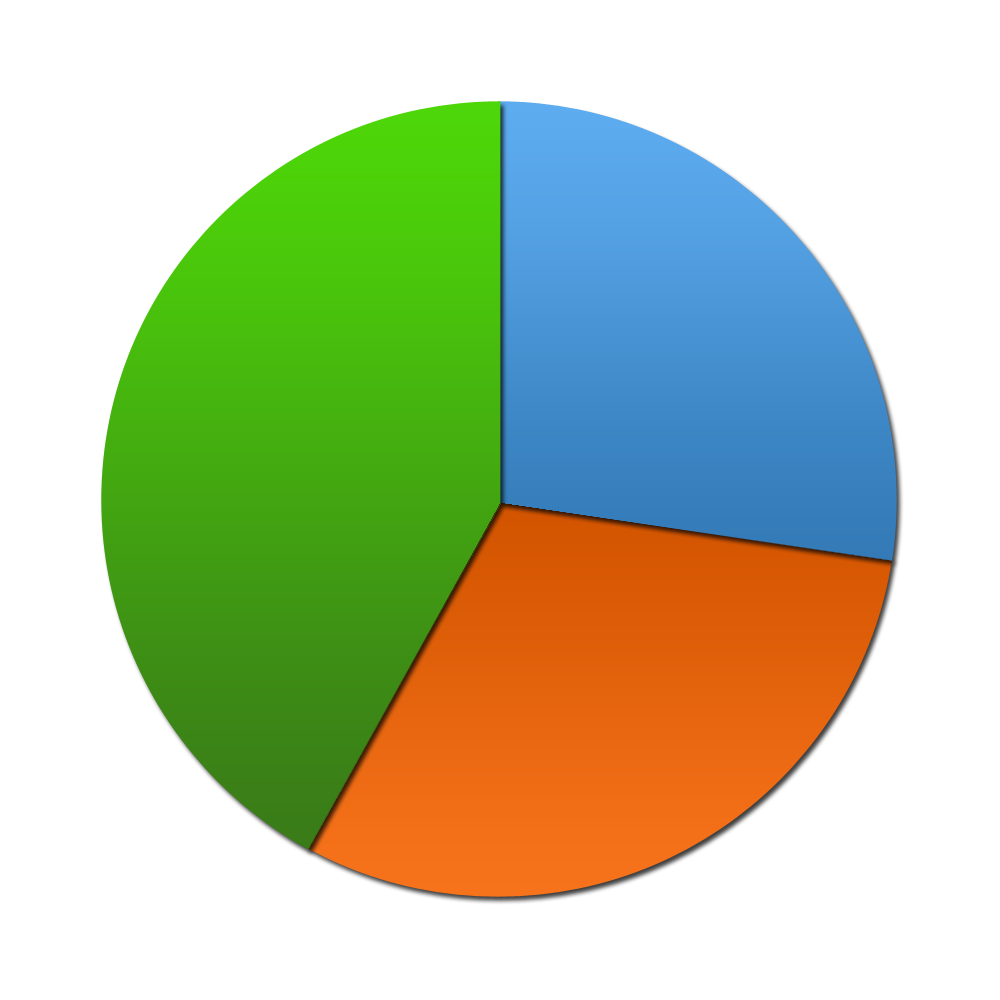Don't just meal plan... meal plan intelligently - with Meal Genius! Sign up for our free newsletter to get delicious recipes, sample meal plans and a whole lot more!
Lamb
While less than one pound of lamb is consumed on average in the U.S. per capita, lamb is a popular food enjoyed worldwide, especially at religious holidays.
Technically, lamb is the meat of sheep less than a year year old. There are two types of lamb - baby lamb and spring lamb, which are both milk fed. Baby lamb is customarily slaughtered at between 6 and 8 weeks old. When a sheep is over 2 years, it's referred to as mutton which has tougher meat and a stronger flavor than baby or spring lamb.
In addition to high protein, vitamin B12 and zinc content, lamb is a grass-fed animal rich in conjugated linoleic acid (CLA)that offers antioxidant and weight control benefits.
The Benefits
- Special diets: Autoimmune Paleo Diet, Candida Diet, Diabetic, Elimination Diet, Gluten-Free Diet, Gluten-Free/Dairy-Free Diet, Grain-Free Diet, High Protein Diet, Low Acid Diet, Low Carb Diet, Low FODMAP Diet, Low Histamine Diet, Low Oxalate Diet, Low Starch Diet, Paleo Diet (Light), Paleo Diet (Strict), PCOS Diet, Primal Diet, Thyroid Diet, Whole Food
- Excellent Source of: Protein, VitaminB12, Niacin, Riboflavin
- Good Source of: Zinc, Phosphorous
- Preferences: No Fish, No Pork, No Eggs, No Shellfish, No Gluten, No Nuts, No Seeds, No Soy, No Dairy, No Poultry, No Molds, No Coconut, No Pseudograins, No Corn, No Yeast, No Peanuts, No Citrus, No Nightshade, No Legumes, No Grains, Low Carbohydrate, Low Sodium, Low Sugars
Related Foods
Related Nutrients
Selecting and Storing
First, choose New Zealand lamb. This ensures no hormones have been given. To choose the most tender and delicate flavored lamb, look for lamb with a pale pink flesh. Refrigerate ground and lamb cuts loosely wrapped for up to 3 days. Roasts can be stored up to 5 days.









